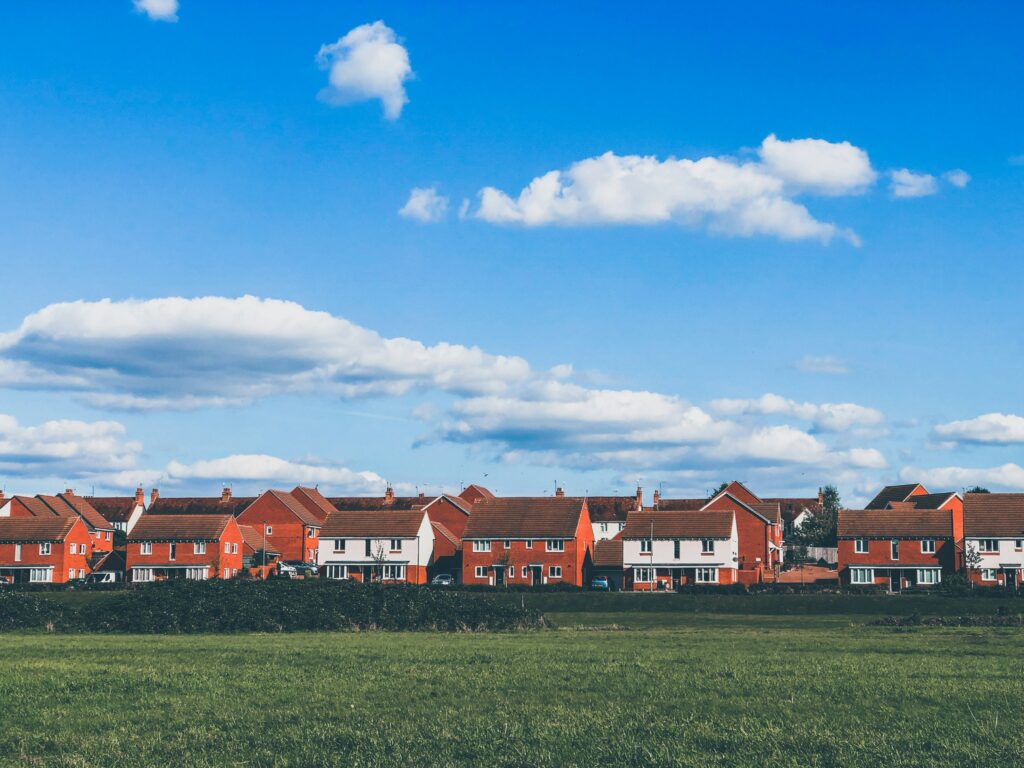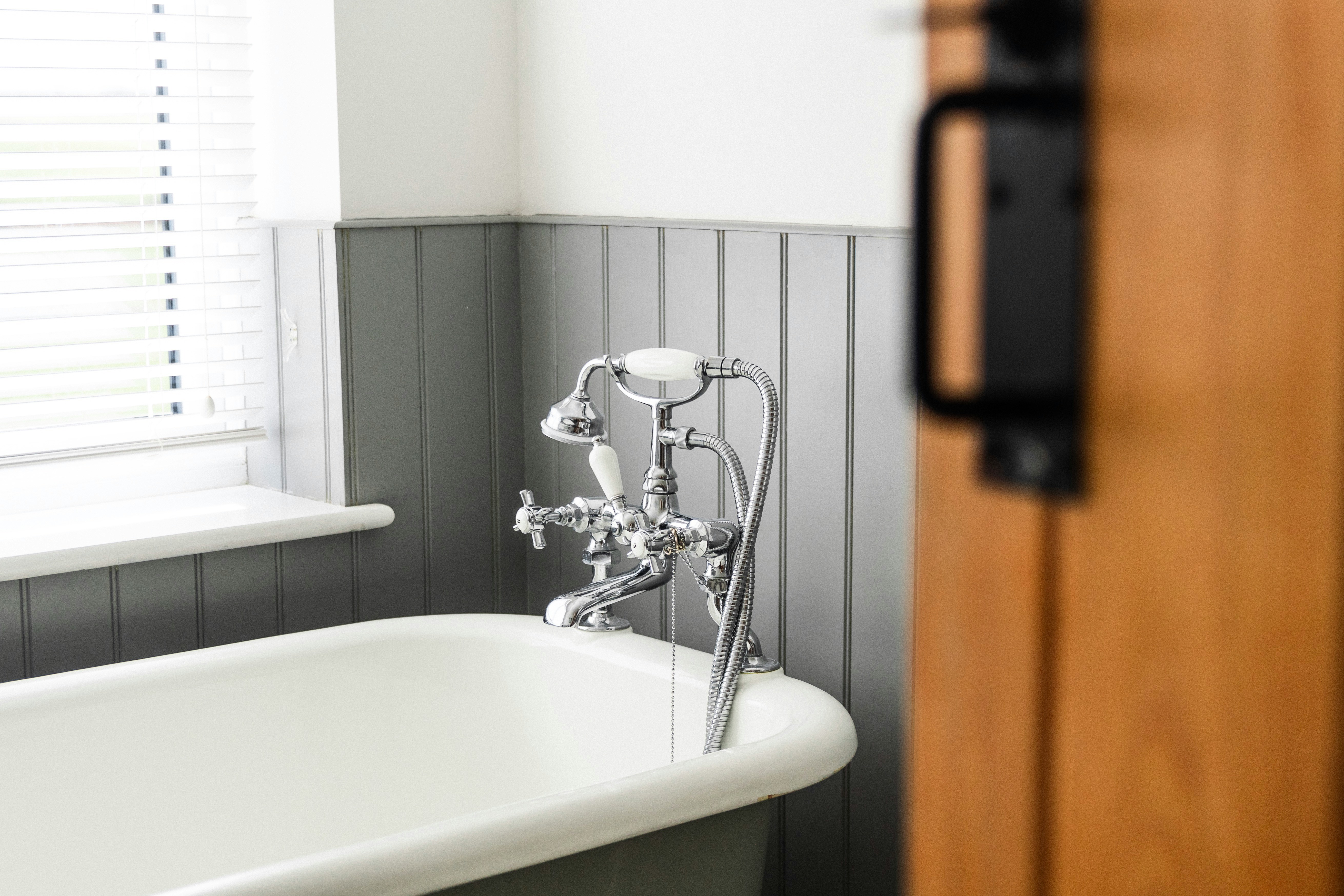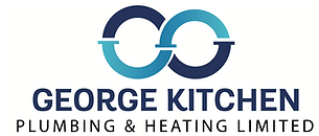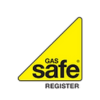Buying a new home? Exciting times! But before you start imagining your Pinterest-worthy kitchen or that dreamy bathtub setup, let’s talk plumbing. Because nothing kills new homeowner vibes faster than leaky pipes, low water pressure, or a boiler on its last legs.
You wouldn’t buy a car without checking under the hood, right? So why risk moving into a house with hidden plumbing disasters waiting to ruin your day (and drain your bank account)?
This ultimate new home plumbing check list will help you spot potential issues before signing on the dotted line.

1. Locate the Stop Tap & Water Meter
First things first – know how to turn the water off in an emergency. The stop tap (also called a stopcock or shut-off valve) is usually found under the kitchen sink, under the stairs, or in a utility room. Test it to ensure it moves freely; a stuck stop tap means trouble if you ever need to shut off the water quickly.
If the property has a water meter, find out where it is (usually outside near the road). A running meter when no taps are on could mean a hidden leak.
2. Check Water Pressure
Low water pressure can turn your powerful morning shower into a disappointing dribble. Run taps and showers in different areas of the house to test the flow.
If it’s weak, it could indicate:
- Clogged or outdated pipes
- A failing pressure regulator
- Problems with the main water supply
If the seller says, “Oh, the pressure’s always been like that,” – that’s your cue to dig deeper.
3. Run Every Tap & Check for Blockages
Slow drains or gurgling sounds aren’t just annoying; they might signal a bigger problem in the plumbing system.
Run water in all sinks, bathtubs, and showers to check:
- Water drains quickly and smoothly (slow drainage could mean blockages)
- No water backs up or gurgles (signs of a venting or sewer issue)
- No strange odours from drains (potential pipe or septic tank problems)
A professional drain inspection can save you from discovering a blocked or collapsed sewer pipe after you move in.
4. Inspect for Leaks & Water Damage
Leaks don’t just waste water! They cause structural damage, mould growth, and sky-high water bills.
Check:
- Under sinks & around toilets – look for dampness, mould, or soft wood.
- Ceilings & walls – brown stains or bubbling paint = possible hidden leaks.
- Kitchen & bathroom seals – loose or deteriorating silicone can lead to water damage over time.
Sellers may try to paint over water stains, so if something looks too fresh, ask questions.

5. Test the Hot Water System
Cold showers are fine after a gym session, but not when you’re trying to relax at home.
Run hot water in multiple taps and check how long it takes to heat up, whether the temperature stays consistent, and if you hear any strange noises from the boiler – banging or whistling could mean trouble.
Ask about the water heater’s age, as most only last 10-15 years. If it’s an older model, factor in replacement costs.
6. Examine the Boiler & Central Heating
A dodgy boiler can cost thousands to replace.
Before committing to a home, check:
- Boiler age – if it’s over 10 years old, expect upcoming maintenance or replacement.
- Service history – ask for a Gas Safe engineer’s inspection records.
- Radiators – turn them on to ensure they heat up evenly (cold spots = air or sludge buildup).
If you’re moving in winter, an inefficient heating system isn’t just expensive—it’s miserable.
7. Identify the Pipe Material
Older houses may have outdated pipes that need replacing.
Look under the sink or in the basement/loft for signs of:
- Lead pipes – a health hazard (banned in the UK since 1970).
- Galvanised steel pipes – prone to corrosion and blockages.
- Copper or plastic pipes – these are modern and reliable.
If you’re unsure, get a plumber to assess the pipework before buying.
8. Inspect Outdoor Plumbing & Drainage
Plumbing issues aren’t just indoors!
Check:
- Gutters & downpipes – clogged or broken ones can cause leaks or flooding.
- Garden taps – ensure they work and don’t leak.
- Manhole covers – if drains look backed up or smell foul, you might be inheriting a sewer problem.
If the property has a shared drain system, ask whose responsibility it is to maintain it (you don’t want to be footing the bill for next door’s plumbing problems).
9. Check for Hidden Plumbing Nightmares
Sellers might conveniently forget to mention past plumbing issues, so it’s important to ask the right questions.
Find out if there have been any major leaks or repairs, how old the plumbing system is, and when the last drain or boiler inspection was carried out.
If they hesitate, give vague answers, or claim they don’t know, take that as a red flag. Some homeowners may patch up cosmetic issues to mask underlying problems, so don’t rely on surface appearances alone.
A professional plumbing inspection can uncover hidden faults, giving you peace of mind before committing to the purchase.
Don’t Skip the Plumbing Inspection!
A dream home can turn into a financial nightmare if you overlook plumbing issues. Checking these areas before you buy can help you avoid unexpected costs and negotiate any necessary repairs before you move in.
If you’re a homeowner and want peace of mind before making one of the biggest purchases of your life, get in touch, we’re here to help.
We also work with letting agencies and landlords, carrying out end-of-tenancy plumbing checks to ensure everything is functioning correctly before new tenants move in. Whether it’s inspecting for leaks, ensuring proper drainage, or completing a Gas Safety Certificate, we handle it all.
FAQs: Common Plumbing Concerns for Homebuyers
How can I tell if a house has old or unsafe pipes?
Check under sinks or in the basement for visible pipes. Lead pipes (dull grey, soft metal) and galvanised steel pipes (prone to rust) may need replacing. Copper and plastic pipes are more modern and reliable. If unsure, ask the seller about the age of the plumbing system.
What’s a common plumbing issue that homebuyers overlook?
Low water pressure often gets ignored but can indicate serious problems, such as clogged pipes, leaks, or an outdated water supply system. Always test taps and showers before making an offer.
Should I be concerned about shared drainage systems?
Yes. If the home shares drainage with neighbouring properties, any blockages or repairs may be a shared financial responsibility. Check property documents and ask the seller for details on drainage maintenance.

